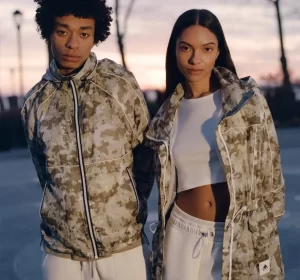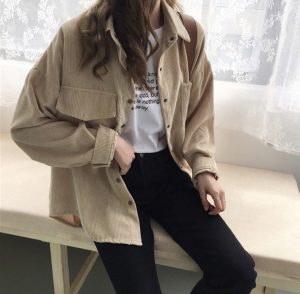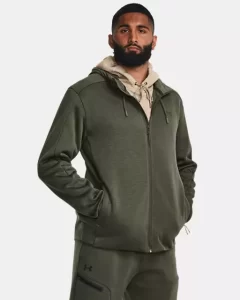“Function Meets Style: The Evolution of Outerwear Design”

Title: Function Meets Style: The Evolution of Outerwear Design
Introduction:
Outerwear has always been a crucial component of fashion, providing protection from the elements while also making a style statement. Over the years, outerwear design has evolved significantly, blending functionality with fashion to create garments that are both practical and stylish. From classic trench coats to high-tech performance jackets, the evolution of outerwear design reflects changes in lifestyle, technology, and fashion trends. Let’s explore how function meets style in the evolution of outerwear design.
1. Classic Silhouettes:
Traditional outerwear designs, such as trench coats, pea coats, and bomber jackets, have stood the test of time due to their timeless silhouettes and versatility. These classic styles often feature clean lines, structured tailoring, and minimalist details, making them suitable for a wide range of occasions and environments. While the silhouettes may remain consistent, modern updates and enhancements ensure that these classics remain relevant and stylish in today’s fashion landscape.
2. Technical Innovations:
Advances in technology have revolutionized outerwear design, introducing new materials, construction techniques, and performance features that enhance functionality and comfort. High-tech fabrics such as Gore-Tex, Thinsulate, and Polartec offer waterproofing, insulation, and breathability, making them ideal for outdoor activities in various weather conditions. Additionally, innovations such as taped seams, waterproof zippers, and adjustable hoods provide added protection and versatility in modern outerwear.
3. Urban Utility:
Urban lifestyles have influenced the evolution of outerwear design, with an emphasis on practicality, mobility, and urban utility. Modern outerwear styles, such as parkas, puffer jackets, and utility coats, prioritize comfort and functionality without sacrificing style. Features like multiple pockets, adjustable cuffs, and removable hoods cater to the needs of city dwellers, offering convenience and versatility for everyday wear in urban environments.
4. Sustainable Materials:
As sustainability becomes a greater priority in the fashion industry, outerwear design has embraced eco-friendly materials and production methods. Sustainable fabrics such as organic cotton, recycled polyester, and plant-based fibers offer environmentally conscious alternatives to traditional materials. Additionally, brands are adopting ethical and transparent practices throughout the supply chain, ensuring that outerwear garments are produced with minimal impact on the planet.
5. Fashion Forward:
Outerwear design has also been influenced by fashion trends and cultural movements, with designers incorporating innovative shapes, colors, and textures to create fashion-forward styles that make a statement. Oversized silhouettes, bold patterns, and unexpected details add a contemporary twist to classic outerwear staples, reflecting the ever-changing tastes and preferences of consumers.
Conclusion:
The evolution of outerwear design reflects a balance between functionality and style, blending traditional craftsmanship with modern innovations to create garments that are both practical and fashionable. From classic silhouettes and technical innovations to urban utility and sustainable materials, outerwear design continues to evolve in response to changes in lifestyle, technology, and fashion trends. By embracing the fusion of function and style, designers are shaping the future of outerwear, offering consumers garments that not only protect them from the elements but also make a bold fashion statement.





